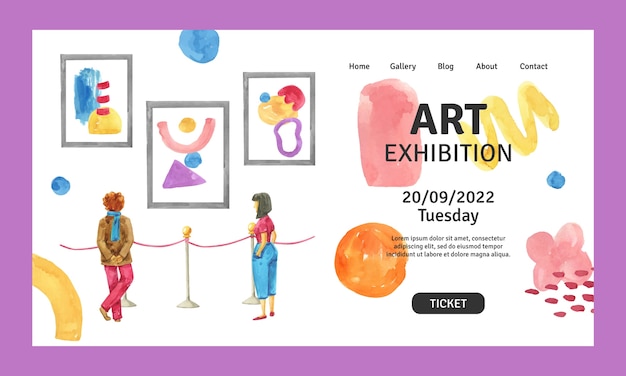Interesting Facts About Art

Art has the power to transform and inspire.
Every artwork has a story waiting to be told.
Picasso once said, Every act of creation is first an act of destruction.
The Mona Lisa is one of the most famous paintings in the world, yet its subject’s identity remains a mystery.
Salvador Dali was known for his surrealistic art, often depicting strange and dreamlike scenes.
Jackson Pollock revolutionized the art world with his unique style of action painting.
Vincent van Gogh only sold one painting during his lifetime, but his works are now considered priceless.
Art allows us to see the world through different perspectives.
The Sistine Chapel ceiling was painted by Michelangelo over a period of four years.
Banksy is a famous anonymous street artist known for his politically charged graffiti.
The Impressionist movement aimed to capture the fleeting essence of light and atmosphere.
Leonardo da Vinci’s The Last Supper is one of the most iconic religious paintings in history.
The art of calligraphy originated in ancient China and is still practiced today.
Frida Kahlo’s artwork often reflected her struggles with physical and emotional pain.
Andy Warhol popularized the concept of pop art, celebrating mass-produced consumer culture.
Art can serve as a form of protest and social commentary.
The Statue of Liberty was designed by French sculptor Frederic Auguste Bartholdi.
Interesting Facts About Art part 2
Claude Monet’s series of water lily paintings depict his own personal sanctuary of tranquility.
The Guernica by Pablo Picasso is a striking anti-war painting, depicting the atrocities of the Spanish Civil War.
Art speaks a universal language that transcends barriers of culture and language.
The ceiling of the Hall of Mirrors in the Palace of Versailles is adorned with intricate frescoes.
The art of origami involves folding paper into intricate shapes and designs.
Georgia O’Keeffe is known for her vibrant paintings of flowers, which often have sensual undertones.
The Great Wave off Kanagawa is a famous woodblock print by Japanese artist Hokusai.
Alexander Calder is credited with inventing the mobile, a type of kinetic sculpture.
Islamic art is characterized by intricate geometric patterns and calligraphy, often devoid of human figures.
Art allows us to express emotions that cannot be put into words.
The art of ceramics dates back thousands of years and can be found in cultures around the world.
Sculptures can be made from a variety of materials, including stone, metal, and wood.
Art can provide solace and healing during difficult times.
Johannes Vermeer’s painting Girl with a Pearl Earring is often referred to as the Mona Lisa of the North.
The art of photography has revolutionized the way we capture and preserve memories.
Henri Matisse is known for his use of bold, vibrant colors and simplified forms.
Art can evoke a range of emotions, from joy and awe to sadness and introspection.
The Venus de Milo is an ancient Greek statue depicting the goddess of love and beauty.
The art market is a multi-billion dollar industry, with artworks fetching record-breaking prices at auctions.
Art can be a powerful tool for cultural preservation and identity.
Marina Abramović is a performance artist known for her endurance pieces and exploration of the limits of the body and mind.
Art is a form of self-expression and can provide a unique insight into an artist’s thoughts and feelings.
The art of stained glass has been used in religious and architectural contexts for centuries.
The Eiffel Tower was initially criticized as an artistic eyesore but has since become an iconic symbol of Paris.
Art has been used for propaganda purposes throughout history, promoting political ideologies or societal norms.
The art of collage involves combining different materials and images to create a cohesive composition.
Art museums serve as cultural repositories, preserving and showcasing artworks for future generations.
Art can bring people from different backgrounds and perspectives together, fostering dialogue and understanding.

